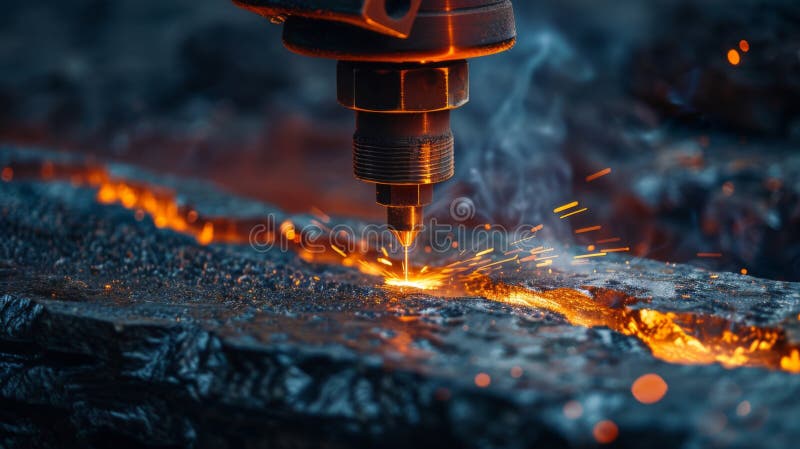As the world of global trade continues to evolve, understanding the intricacies and advantages of a Product Lifecycle Assessment becomes crucial. The term may sound complex, but it essentially refers to evaluating a product’s environmental impact from its inception to its disposal.
In our quest to meet market demand, we often overlook the broader impact our products have. But today, with sustainability taking center stage, businesses, especially exporters and importers, are increasingly turning to lifecycle assessments for guidance.

Defining Product Lifecycle Assessment
Product Lifecycle Assessment (PLA) is a methodological analysis focused on understanding the stages a product goes through during its life. The assessment encompasses production, distribution, use, and its eventual end-of-life disposal.
Why is PLA Important?
An effective PLA provides invaluable insights into each stage of a product’s lifecycle. This aids companies in identifying areas of improvement, leading to more sustainable production and reduced environmental impact.
Stages of Product Lifecycle Assessment
1. Raw Material Extraction
This stage evaluates the environmental consequences of obtaining raw materials. It’s fundamental in identifying the carbon footprint and ecological disturbances caused by resource extraction.
2. Production
In this phase, focus shifts to the manufacturing processes, analyzing energy usage and waste generation. Companies often make adjustments here to enhance their production efficiency.
3. Distribution
Distribution involves transporting the product from the manufacturer to the consumer. A PLA helps optimize routes, reducing emissions and enhancing cost-effectiveness.
4. Use
Understanding how consumers use and interact with the product helps companies innovate. Improvements can be made to ensure products are energy-efficient and have a longer lifespan.
5. End-of-Life
The final stage considers how a product is disposed of. Recycling, reuse, and proper disposal methods are looked into, minimizing landfill contributions.
The Benefits of Product Lifecycle Assessment in Trade
Impact on Sustainability
Integrating PLAs into trade practices offers substantial sustainability benefits. It empowers businesses to reduce their carbon footprint and contribute positively to environmental preservation.
Boosting Brand Image
Consumers today are more environmentally conscious. Companies that adopt sustainable practices through PLAs are perceived more favorably, enhancing their brand reputation.
Economic Advantages
By identifying inefficiencies within the production and distribution processes, PLAs can result in significant cost savings, giving businesses a competitive edge.
Challenges in Adopting Product Lifecycle Assessment
Despite its numerous advantages, adopting a Product Lifecycle Assessment isn’t without challenges. The process can be resource-intensive and requires dedication from various stakeholders.
Ensuring Accurate Data Collection
For effective PLA implementation, accurate data at every stage is essential. Any inconsistency can compromise the results, leading to skewed analyses.
Integration into Existing Systems
Integrating PLA insights with existing corporate systems can be daunting. However, once established, these insights can drive significant improvements.
Frequent Updates
Given the dynamic nature of industries, PLAs require regular updates to remain relevant. Staying informed of new regulations and sustainable practices is crucial.
Future of Product Lifecycle Assessment
As the demand for sustainable products continues to rise, PLAs are set to become a staple in business strategies. Companies increasingly seeking innovative solutions will find that embracing PLAs fosters growth and competitive advantage.
The Role of Technology
Advancements in technology are continuously shaping PLAs. From data analytics to AI-driven insights, technology will play a pivotal role in enhancing the efficiency and scope of product lifecycle assessments.
Greater Emphasis on Collaboration
The future will likely see increased collaboration between industries, governments, and academia to develop standardized PLA methodologies that benefit everyone.

FAQ
What is a Product Lifecycle Assessment?
A Product Lifecycle Assessment is a comprehensive analysis of a products environmental impact throughout its life, from production to disposal.
Why should businesses invest in PLAs?
PLAs help businesses identify inefficiencies, improve sustainability, and enhance brand image, which can ultimately lead to cost savings.
What challenges might businesses face with PLAs?
Challenges include ensuring accurate data collection, system integration, and the need for frequent updates to stay current with regulations.


